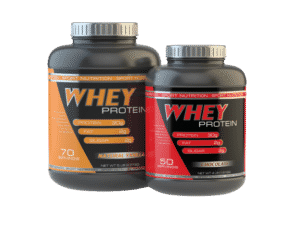Home » Primary Packaging: The First Line of Defense for Products
Primary Packaging: The First Line of Defense for Products
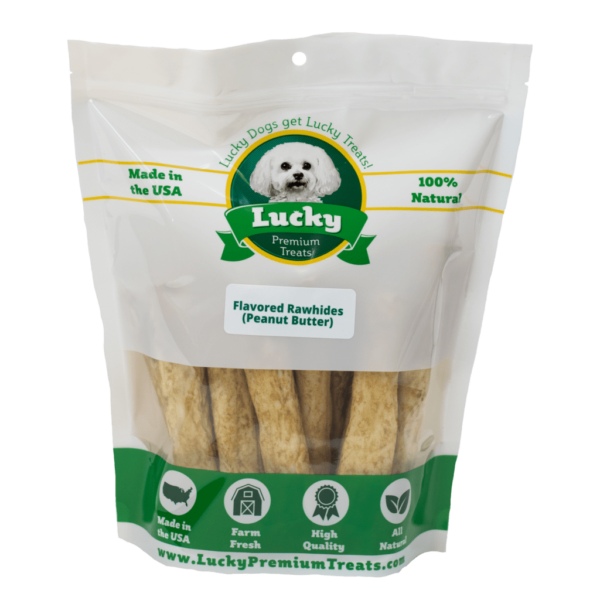
In the world of product manufacturing and retail, packaging plays a crucial role in protecting products, attracting consumers, and conveying brand messages. Among the various types of packaging, primary packaging holds a special place as it is the first and most direct form of packaging around a product. This blog post aims to explore the concept of primary packaging, its importance, and its various forms.
What is Primary Packaging?
Primary packaging is the material that first envelops the product and holds it. This type of packaging is in direct contact with the product itself and is often the last to be opened by the consumer before using the product. It serves several critical functions, from protecting the product to providing consumer information and aiding in marketing efforts.
The Role of Primary Packaging
- Protection: The most fundamental role of primary packaging is to protect the product from damage, contamination, and tampering. It ensures the product remains intact and safe for use from the production line until it reaches the consumer.
- Preservation: For many products, especially food items and pharmaceuticals, primary packaging plays a crucial role in preserving the quality and extending the shelf life of the product by providing barriers to moisture, light, and air.
- Information and Compliance: Primary packaging is a key medium for conveying necessary product information, instructions for use, ingredients or contents, and compliance with regulatory requirements.
- Branding and Marketing: Often the first thing a consumer interacts with, primary packaging is an important branding tool. Its design, colors, and materials can significantly influence purchasing decisions and brand perception.
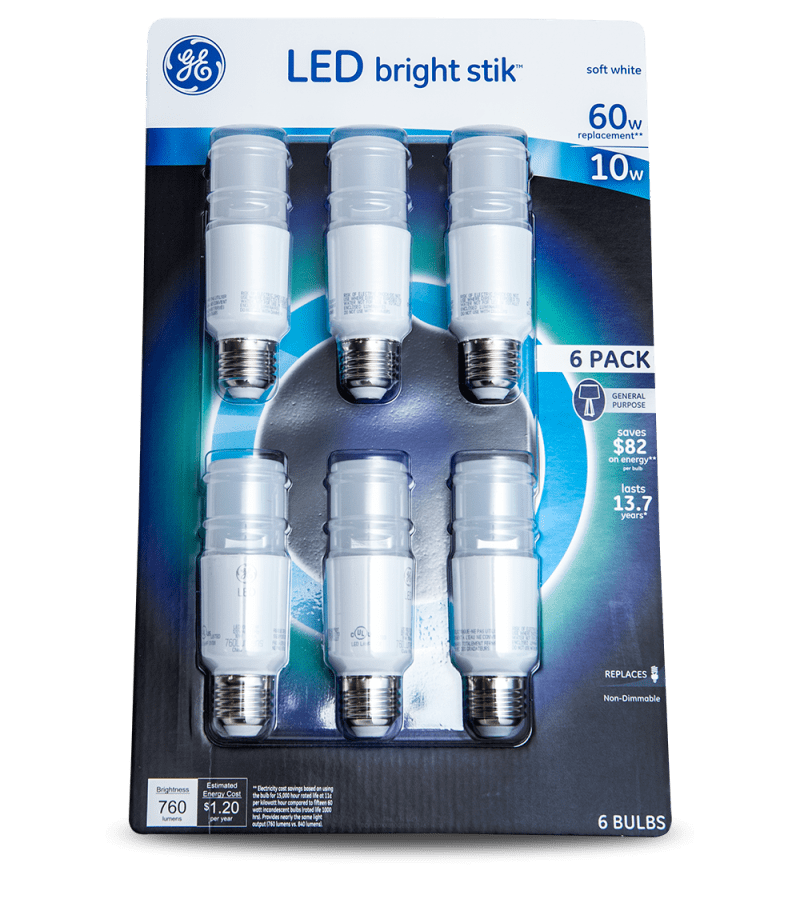
Types of Primary Packaging
Primary packaging can vary greatly depending on the product. Common types include:
- Bottles and Jars: Used for liquids and creams in the beverage, beauty, and pharmaceutical industries.
- Boxes and Cartons: Often used for electronics, cosmetics, and house hold items.
- Flexible Packaging: Such as pouches or bags, commonly used for snacks, grains, and frozen foods.
- Blister Packs: ideal for medical devices and electronics.
- Tubes: For semi-solid products like toothpaste or certain food items.
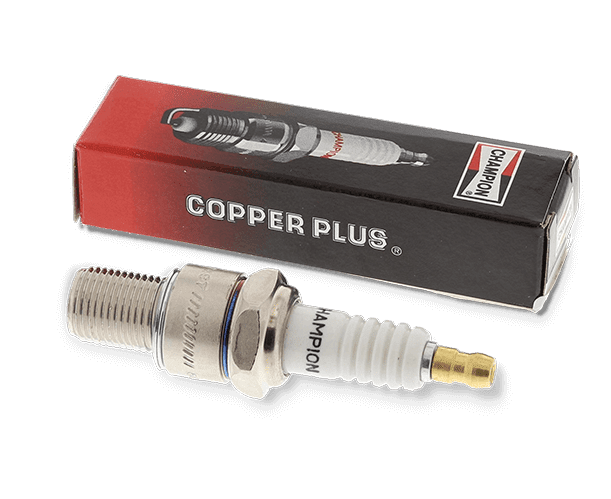
Materials Used in Primary Packaging
The choice of material for primary packaging is determined by the product’s needs and includes:
- Plastics: Versatile and widely used, suitable for a range of products.
- Glass: Preferred for its non-reactive nature, especially for food and pharmaceuticals.
- Metal: Often used for its durability and protective qualities.
- Paper and Cardboard: Commonly used for their recyclability and lightweight properties.
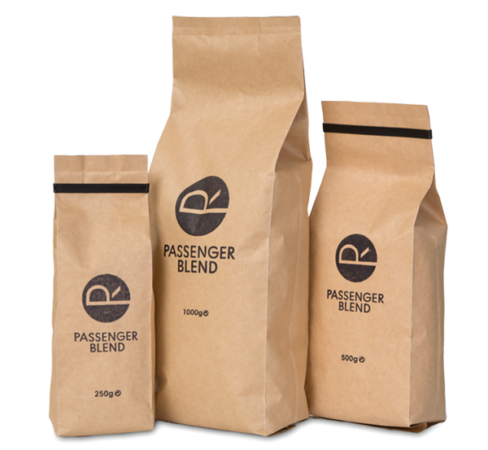
Design Considerations in Primary Packaging
Designing primary packaging requires a balance between functionality and aesthetics. It should be user-friendly, secure, and aligned with the brand’s identity. Additionally, sustainable design practices are increasingly important to reduce environmental impact.
Innovation and Trends in Primary Packaging
The primary packaging sector is seeing innovations like smart packaging, which includes the use of QR codes and RFID technology, and sustainable alternatives like biodegradable materials and minimalist designs.
If you are interested in primary packaging, then partner with Brown Packaging today to get started.
Fragile products like glassware, electronics, and specialty gifts are especially vulnerable during the holiday rush. With more handling points, packed trailers, and faster fulfillment, the
Shipping costs surge during the holiday season as carriers raise rates and surcharges. For packaging buyers, box design directly impacts freight spend. Oversized cartons, excess
Peak season shipping volumes put pressure on every part of the supply chain. For packaging buyers, right-sizing boxes is one of the most effective strategies
The post-holiday season often brings a surge in product returns, making it essential for e-commerce businesses to design packaging that simplifies the returns process. Offering
Holiday e-commerce volumes push packaging to its limits. Trailers are overfilled, handling is rushed, and parcels endure more drops and vibration than usual. Without proper
The holiday season is the busiest—and most demanding—time of year for e-commerce packaging. Higher shipping volumes, faster turnaround times, and rougher handling conditions increase the
Home » Primary Packaging: The First Line of Defense for Products

Digital printing has revolutionized the packaging industry in recent years. It has brought a lot of flexibility, creativity, and efficiency to the packaging process. It

Wine, the elixir of celebration and sophistication, demands packaging that not only safeguards its integrity but also reflects its prestige. Whether you’re a winery owner,
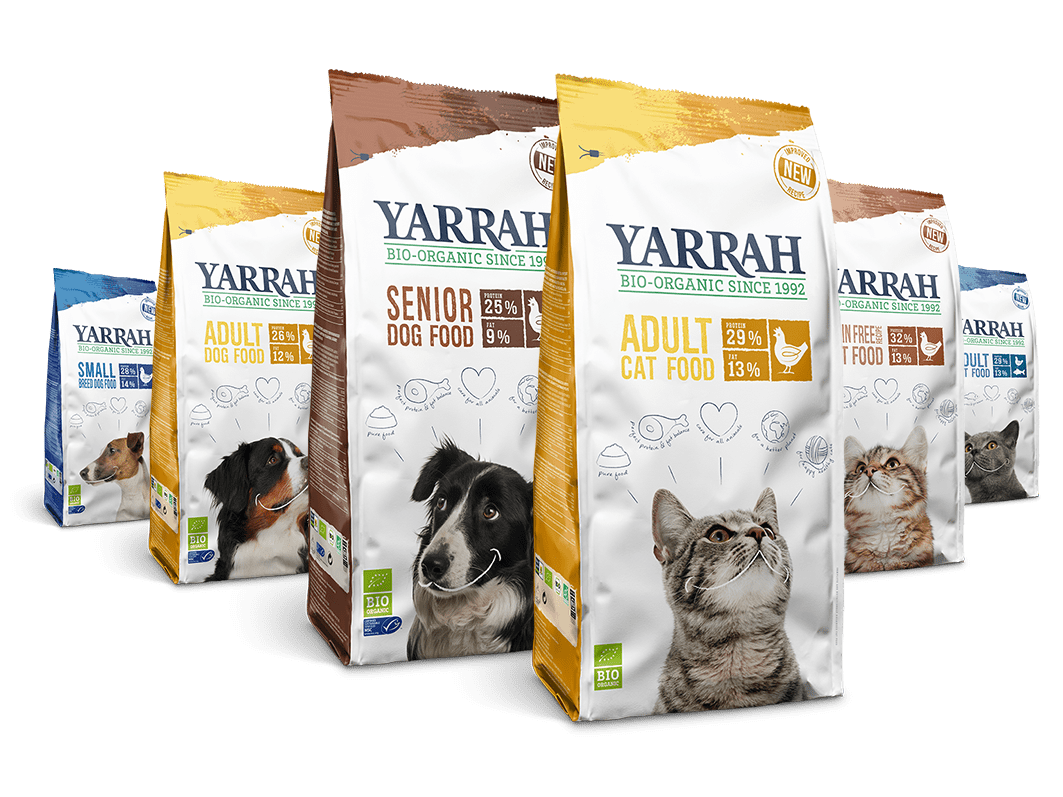
Custom packaging is the process of creating unique and personalized packaging materials tailored to the specific requirements of a product, brand, or business. In today’s


